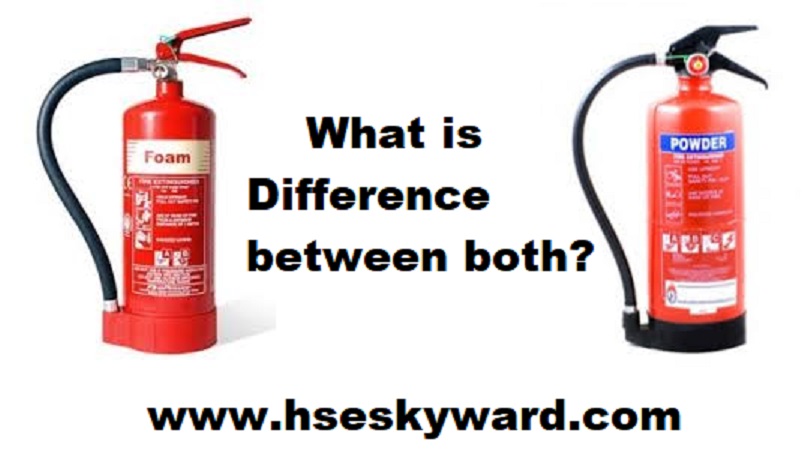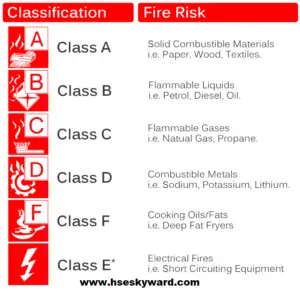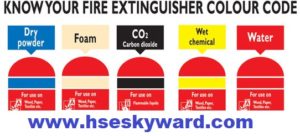Difference between a powder extinguisher and a foam extinguisher

We all want to protect our house or business premises as well as possible, against burglary and also through fire-fighting equipment against fire. To be able to see again whether you want to purchase a powder or foam extinguisher for your home or business, I will explain again below the most important differences, advantages and disadvantages, so that you can use the right extinguishing equipment.

Foam extinguisher
The foam extinguisher can be used to extinguish A and B fires; that is to say that he alone is not sufficient to extinguish gas fires, but otherwise has the same extinguishing capacity as the powder extinguisher. This makes the foam extinguisher somewhat less versatile in use, but why is this extinguisher used more often? The answer is simple; this extinguisher causes much less collateral damage.
It is recommended to have a foam extinguisher at home, in the office or even in the car because it can extinguish most fires quickly with its fast and safe operation. And everyone (experienced or inexperienced, child or adult & construction worker) can extinguish with foam, so it is not only that it is also particularly effective but also an easy means of extinguishing.
A foam extinguisher extinguishes with water and an extinguishing agent, these form a foam that has a cleaning, cooling effect and is absolutely not harmful to the environment. So also, not for the people who are extinguishing. The foam causes little to no collateral damage, the only thing that can happen through the foam is that corrosion occurs earlier / faster.
The disadvantage of a foam extinguisher is that many species are not frost resistant, so if you want the extinguisher to be in a room where it is possible to freeze, make sure you purchase a frost resistant so that you do not get any nasty surprises if you find the extinguisher unexpectedly.
Powder extinguisher
The powder extinguisher is suitable for A, B and C fires. This means that you can use it on fires with solids, liquids, and gases. Besides that, the powder is versatile in use, it is also inexpensive to purchase, but there are a number of things about the powder extinguisher that you better consider beforehand.
Powder extinguishers can clump when the cans age or the cans are in an environment that vibrates frequently. To prevent the canisters from clumping and the contents from becoming unusable, you can turn them once a month for 30 seconds, so turn them gently so that the contents mix again.
The advantage of a powder extinguisher is that, unlike many other extinguishing agents, you can aim it directly at the source of the fire, but the biggest disadvantage of a powder extinguisher is the collateral damage. The content of a powder extinguisher consists of chemicals that ultimately form a salt, salt attracts moisture; the suffering has been done. This is because the powder gets stuck everywhere, and in some cases, the malfunctions of devices and vehicles will only occur after months because it has then penetrated deep into the device or mechanism.
On construction sites, powder extinguishers are compulsory in the plant & equipment, which is not a bad thing.
And always keep in mind that in many cases the insurance does not cover damage caused by the use of an extinguishing agent. Conclusion: powder is the most effective means of extinguishing but in many cases, it will not be used because of the collateral damage.
see our more articles on fire safety Classes of fire, types of fire extinguishers and their suitability






